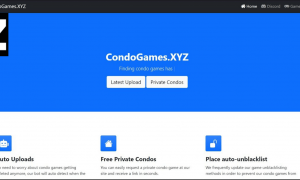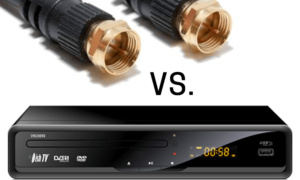Many people are curious about Amazon’s so-called “secret warehouses”—facilities that have sparked interest due to mystery and speculation. While the term might suggest hidden locations for exclusive deals or top-secret inventory, the reality is tied to Amazon’s supply chain network, logistics strategy, and possible opportunities for resellers and bargain hunters. If you’re wondering how to access these elusive places or benefit from their contents, this article outlines what you need to know.
Understanding What a “Secret Warehouse” Is
The idea of a “secret warehouse” often refers to facilities used by Amazon to handle:
- Overstock and returned items
- Damaged or open-box inventory
- Liquidations and resales
These warehouses are not open to the general public in the way a retail store would be. However, some of their inventory does make its way to third-party liquidation platforms or wholesale resellers, offering unique access to surplus goods from Amazon’s logistics chain.
Can You Physically Enter an Amazon Warehouse?
No, members of the general public cannot typically access Amazon fulfillment centers without specific authorization. These facilities are secure, with strict entry protocols. They are staffed by Amazon employees and robots that process, sort, and pack millions of products daily.
However, authorized parties such as business partners, audit teams, government inspectors, and occasionally journalists may tour a facility by scheduled arrangement.
How to Access Inventory from Amazon’s Surplus
While entering a warehouse might be off-limits, accessing their excess inventory is not. Here’s how:
1. Visit Amazon Liquidation Platforms
Amazon works with third-party liquidation sites to sell returned or overstocked products at low prices. Examples include:
These platforms allow buyers—usually businesses or registered resellers—to purchase pallets or truckloads of goods. Each listing provides product types, estimated retail value, and condition.
2. Participate in Amazon Auctions
Amazon occasionally releases inventory through auctions on approved platforms. If you’re a registered bidder, you can win lots at a fraction of their original price.
3. Register as an Amazon Reseller
By joining Amazon’s Fulfillment by Amazon (FBA) or Amazon Seller programs, you may gain access to sales channels that include reselling clearance or returned merchandise. Some users excel at flipping this type of inventory for profit.
What to Expect from Liquidation Purchases
Accessing Amazon’s surplus doesn’t come without caveats:
- Mixed product condition: Items can be new, used, or damaged.
- Volume matters: Shipments are often in bulk quantities.
- No warranties: Products rarely come with Amazon backing or returns.
Because of that, it’s essential to research each lot and work only with reputable platforms.
Legal and Ethical Considerations
It is important to clarify that attempting to sneak into or unlawfully access an Amazon warehouse is illegal and can lead to criminal charges. Amazon’s operational infrastructure is designed around privacy, security, and efficiency. The right way to benefit from Amazon’s excess inventory is through legitimate channels described above.
If you’re hoping for hidden discounts or exclusive products, what you’re really seeking is Amazon’s backend sale streams—not physically hidden venues. Many successful resellers have built businesses by learning how to navigate these systems responsibly.
Key Takeaways
- “Secret warehouses” aren’t truly secret—just parts of Amazon’s dense logistics network.
- Accessing them directly isn’t possible, but you can reach their inventory through liquidation channels.
- Opportunities exist for entrepreneurial resellers to tap into this supply chain if done legally and ethically.
Ultimately, while the mystique around Amazon’s secret warehouses captures the imagination, the practical takeaway is that access comes from knowledge and strategy—not a hidden keycard or secret map.















